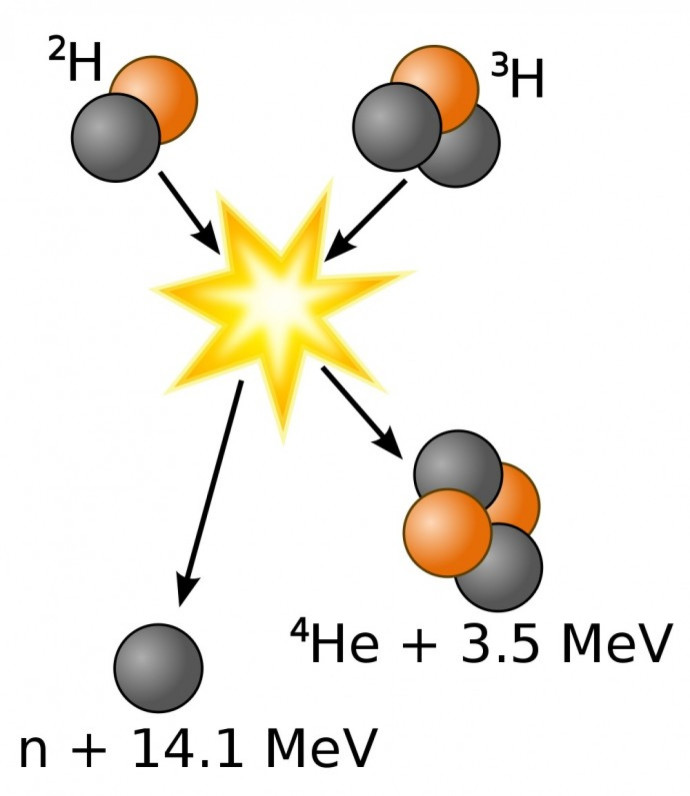Fusion Power Comes A Step Closer

One of the holy grails of energy is fusion - the same source of power that makes stars shine. Humans may now be a step closer to harnessing that energy.
Dennis Whyte, professor of nuclear science and engineering at the Massachusetts Institute of Technology, is the co-author on several papers detailing experiments with a new way of running a small fusion reactor. His team has discovered how to find a kind of goldilocks mode that allows hot plasma to undergo fusion without the instabilities that make containing it such a problem.
A fusion reactor generates energy using extremely hot gases whose atoms have been stripped of their electrons, a state called a plasma. In the sun, hydrogen nuclei are fused to make helium. In experimental fusion reactors scientists use deuterium, (a hydrogen atom with an extra neutron), and tritium, (a hydrogen atom with two extra neutrons). When they fuse together they create a helium nucleus plus an extra neutron.
Inside the sun, the sheer weight of the gas exerts enough pressure to fuse hydrogen and produce energy. On Earth, a very strong magnetic field is used to hold the plasma in place. But even then, keeping the plasma where you want it and generating energy from fusion has proven elusive.
Until now, the experimental fusion reactors had two modes of operating: in one, the field held the plasma relatively loosely, allowing the nuclei one wants to fuse to escape. In the second, the field held all the particles in the plasma too tightly, and the hot region filled up with helium, which doesn't fuse and eventually shuts the reaction down.
In addition, the tightly contained gas would form unstable regions along the edges, which would generate so much heat they would damage the reactor itself.
But the MIT team found a way around that. By carefully maintaining the containment field in a certain narrow range, they were able to allow the helium nuclei to escape, while keeping the deuterium and tritium nuclei inside. In addition they eliminated the instabilities that would form and damage the reactor.
Whyte said that while the team got what they needed - a good combination of containment and allowing escape - they still don't know why it works as well as it does. We're still trying to measure and understand this phenomenon, he said in an email.
Rich Hawryluk, a researcher at the Princeton Plasma Physics Laboratory, said while a practical fusion reactor is still a long way off, the work Whyte and his team did will allow for experiments to test whether it can be scaled up. It isn't just a matter of adjusting the energy in the magnetic field, he said. There are a lot of other parameters.
© Copyright IBTimes 2025. All rights reserved.





















